Description
Zinc Oxide: A Versatile Compound with a Myriad of Applications
Zinc oxide (ZnO), a white or yellowish-white powder, is an inorganic compound with a surprisingly vast range of applications. From the everyday sunscreen in your bag to industrial rubber manufacturing, this unassuming compound plays a critical role in numerous aspects of modern life. Its unique properties, including its semiconducting behavior, UV-filtering capabilities, and antimicrobial effects, contribute to its widespread use across diverse industries.
What is Zinc Oxide?
Zinc oxide is a chemical compound with the formula ZnO. It’s insoluble in water but soluble in acids and alkalis. While naturally occurring as the mineral zincite, the majority of zinc oxide used commercially is produced synthetically. This allows for tight control over its purity, particle size, and other characteristics, optimizing it for specific applications.
A Protective Shield: Zinc Oxide in Sunscreen
One of the most well-known applications of zinc oxide is as a physical sunscreen. Unlike chemical sunscreens that absorb UV radiation, zinc oxide acts as a mineral barrier, reflecting and scattering both UVA and UVB rays. This makes it a broad-spectrum sunscreen, offering comprehensive protection against sun damage. Furthermore, zinc oxide is considered a safer and gentler alternative to chemical sunscreens, particularly for sensitive skin and children. Its non-irritating nature and photostability (meaning it doesn’t break down in sunlight) make it a preferred choice for dermatologists and consumers alike.
Beyond Sunscreen: Diverse Applications
The versatility of zinc oxide extends far beyond sun protection:
- Rubber Industry: Zinc oxide is a crucial ingredient in rubber manufacturing. It acts as an activator in the vulcanization process, which strengthens and improves the elasticity of rubber goods like tires, hoses, and seals.
- Ceramics and Glass: Used as a component in ceramic glazes and glasses, zinc oxide improves their luster, elasticity, and resistance to thermal shock.
- Pharmaceuticals: Zinc oxide is used in topical creams, ointments, and lotions to treat skin irritations, burns, diaper rash, and minor wounds. Its astringent and antiseptic properties promote healing and protect against infection.
- Agriculture: Zinc oxide is an essential trace element for plant growth and animal health. It’s added to fertilizers and animal feed to prevent zinc deficiency, which can impact crop yields and animal productivity.
- Electronics: As a semiconductor material, zinc oxide is used in various electronic devices, including varistors (voltage-dependent resistors), piezoelectric transducers, and increasingly, in transparent conductive films for solar cells and LCD displays.
- Paints and Coatings: Zinc oxide enhances the durability and adhesion of paints and coatings, while also acting as a pigment and fungicide.
The Future of Zinc Oxide: Nanomaterials and Beyond
Ongoing research is exploring the potential of zinc oxide nanomaterials, such as nanoparticles and nanowires. These materials exhibit enhanced properties and offer exciting possibilities in areas like:
- Drug Delivery: Zinc oxide nanoparticles can be used as carriers for targeted drug delivery, improving the effectiveness of treatments and reducing side effects.
- Biosensors: The sensitivity of zinc oxide to environmental changes makes it a promising material for biosensors, which can detect specific molecules or biomarkers in medical diagnostics and environmental monitoring.
- Advanced Materials: Researchers are investigating the use of zinc oxide nanomaterials in advanced materials with improved mechanical, optical, and electrical properties.
Safety Considerations:
While generally considered safe for topical applications, inhalation of zinc oxide fumes can cause metal fume fever, a temporary flu-like illness. Therefore, proper ventilation and safety measures are essential when working with zinc oxide in industrial settings. The safety of zinc oxide nanoparticles is also an area of ongoing research, with studies focusing on potential toxicity upon ingestion or inhalation.
Conclusion:
Zinc oxide is a remarkably versatile compound with a wide range of applications that touch our lives daily. From protecting our skin from the sun to enabling essential industrial processes, this humble powder plays a vital role in numerous sectors. As research continues to unlock its potential, particularly in the realm of nanomaterials, zinc oxide is poised to remain a critical ingredient in innovation and technological advancement for years to come. Its unique combination of properties ensures its continued relevance and contribution to a diverse range of industries and consumer products.

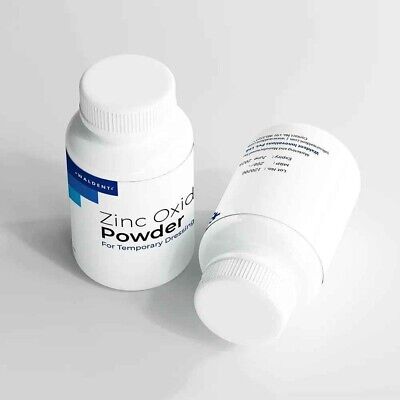
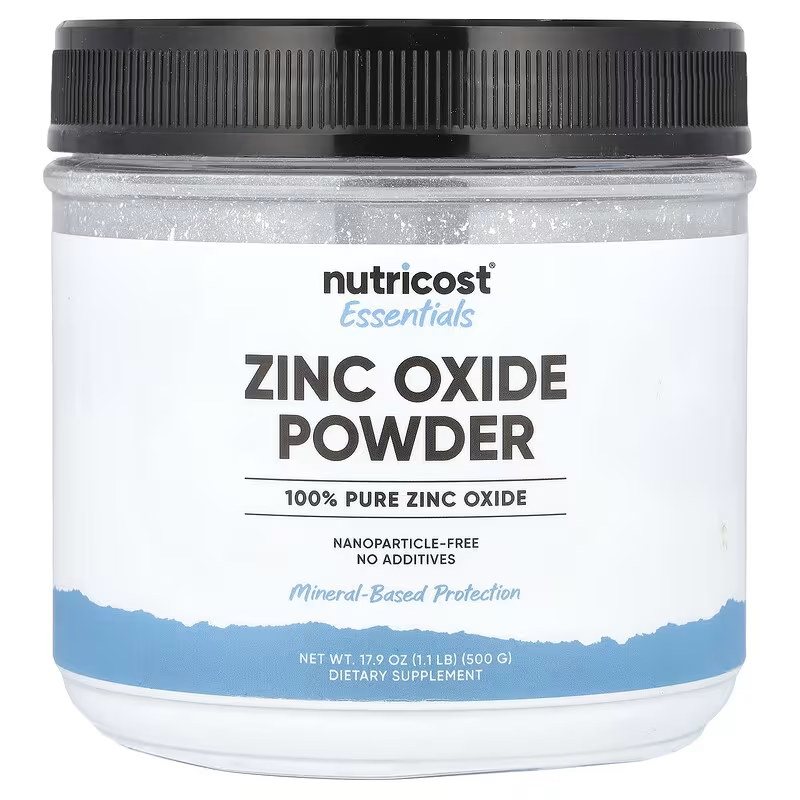



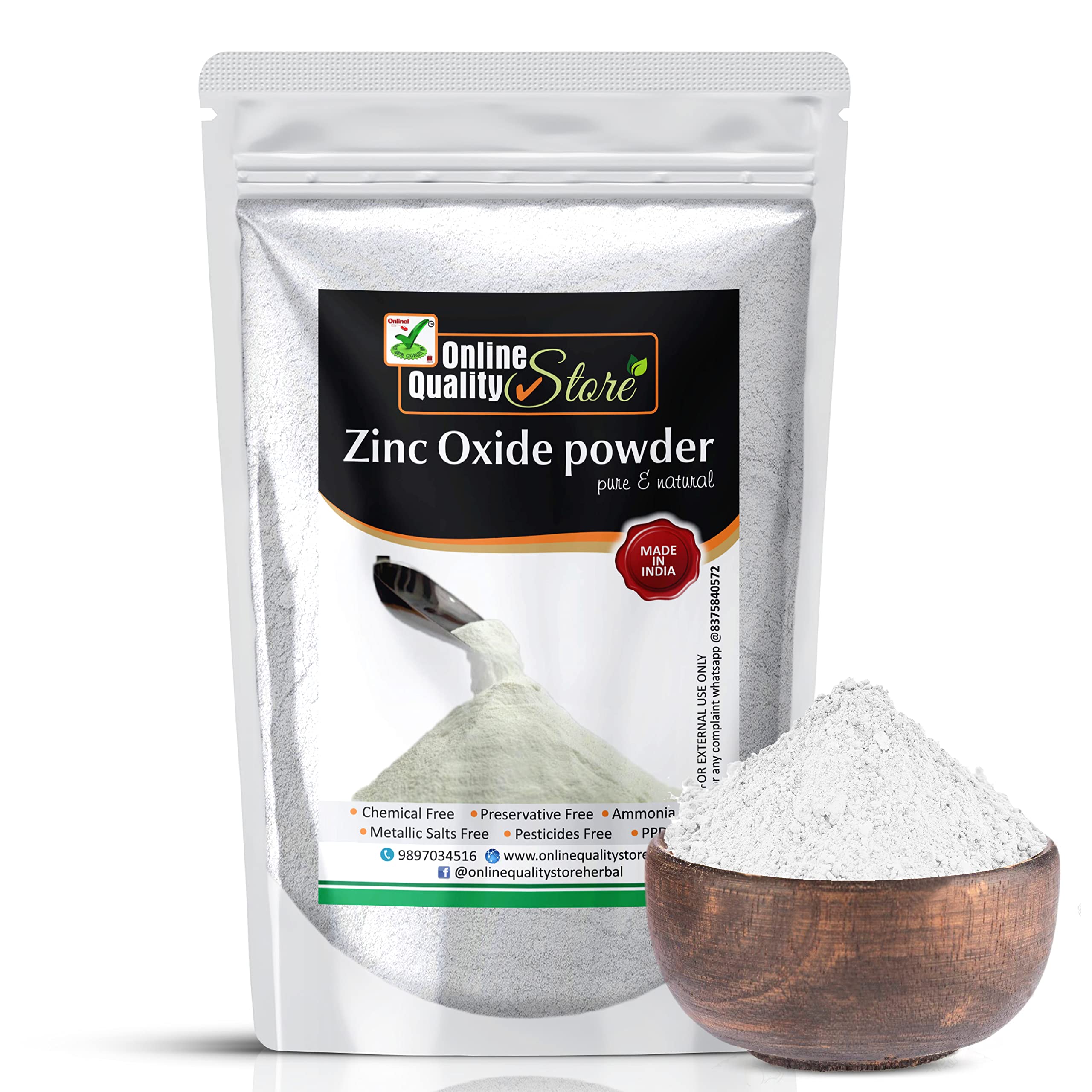
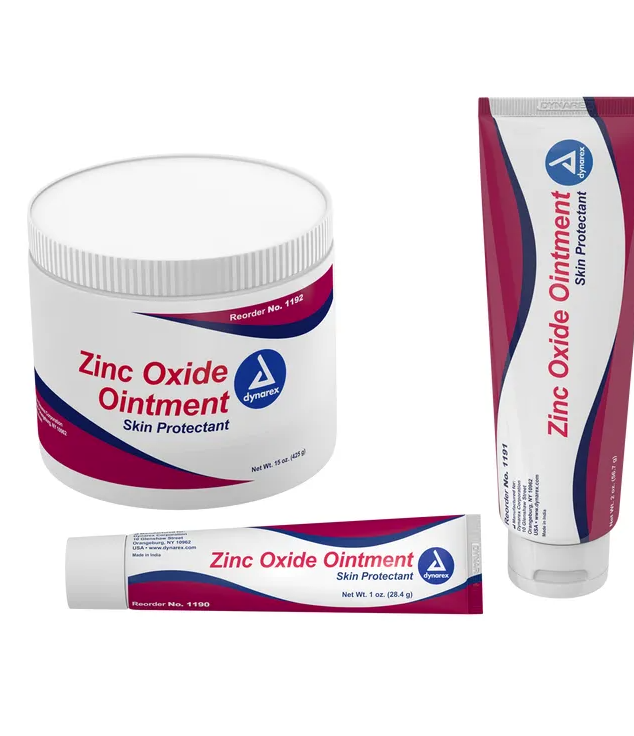



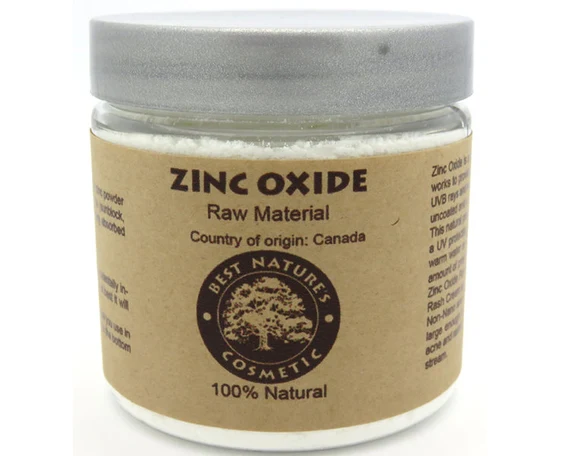
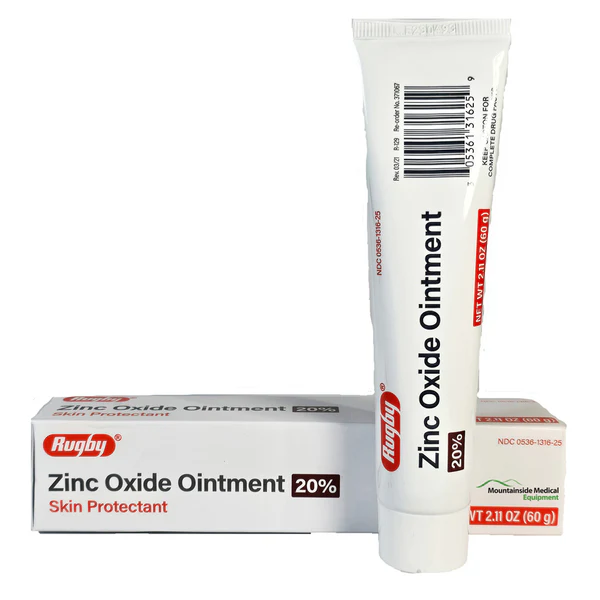
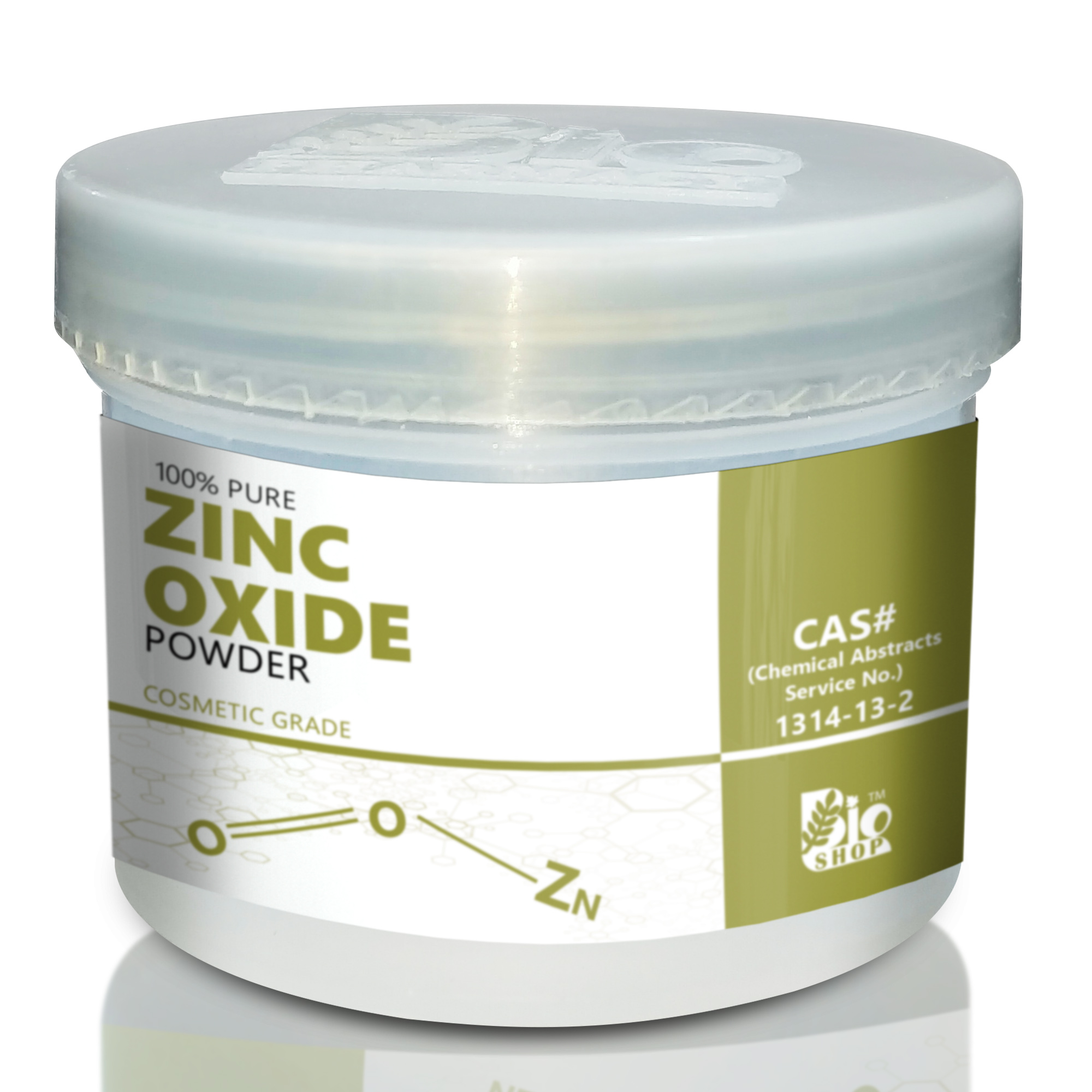



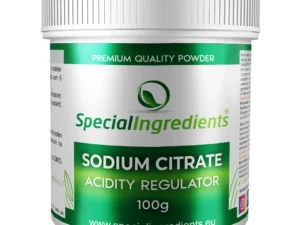
Reviews
There are no reviews yet.